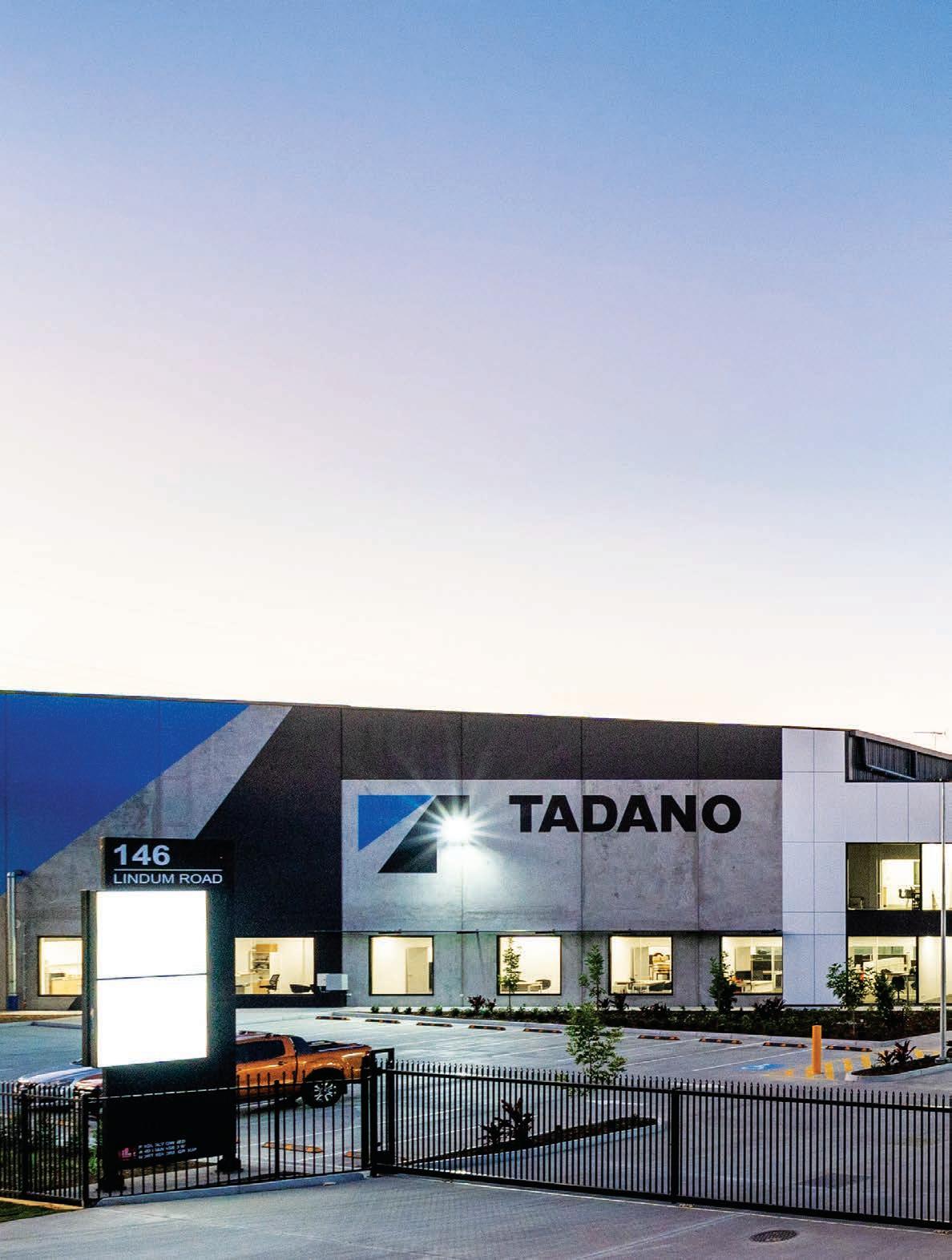IN FOCUS / 3D LIFT PLANNING
3D LIFT PLANS SAVE MONEY Cranes and Lifting learns how a lift manager utilises 3D Lift Plan to realise time and cost savings by using two cranes instead of one larger one. TRAPPER WYMAN, who serves as Mansfield Crane Service Corp.’s lift manager, was a finalist in the 2018 Lift Plan of the Year competition, utilising 3D Lift Plan as a visual tool to explain to both the customer and his staff exactly what a traditional twocrane lift entailed. Using the software, he was able to simulate the lift. In doing so, he realised he could save Wyman was most impressed with how he was able to realistically mimic the exact movements of the cranes in making the lift.
64 / CAL July 2020
time and money by using two cranes instead of one larger one. The project involved the removal of a reciprocating compressor skid from a midstream facility in the company’s hometown of Mansfield, Pa. “When the customer contacted us and we looked at the job with 3D Lift Plan, we determined it would have required a much larger crane, which would have
cost a lot more money.” Instead, the two-crane configuration made the project much easier to handle. “A big issue with this project was that the set-up was hard to describe to the customer and our people. We were able to show what we planned in a way that everybody was able to understand and accept it. Using 3D Lift Plan was the only way we could accomplish this,” explained Wyman. “The project called for us to remove the roof of the building and reach inside, lift out the old unit, and replace it with a new one before putting the roof back on. This would have required mobilising a large crane from a distance, and that would have been cost-prohibitive.” MCS decided that two smaller cranes could be used, but a two-crane configuration connecting to the unit lengthwise at each end would not work. Instead, Wyman planned to connect the cranes width-wise to the skid which would provide the necessary capacity requirements. However, because the skid would need to pass between the two cranes, the lift planner had to approach it differently. “At first, we were unsure if the cranes would be able to elevate booms high enough to accommodate the lift,” he said. “This is where 3D Lift Plan was useful in simulating the lift for feasibility. Our crane operators and client were scratching their heads when this was first described to them but using 3D Lift Plan and making a video of the lift were key to everyone’s complete understanding of how the plan would work. It brought down project costs considerably, and the visual experience instilled confidence in carrying out the job.” www.cranesandlifting.com.au
























